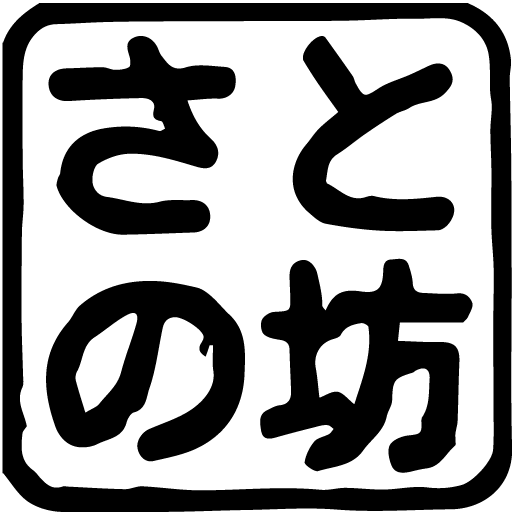Production philosophy
Kogin is said to have been created by a farming woman in the Tsugaru region about 300 years ago. Even in the harsh winter, only linen cloth was allowed to be worn. In such an environment, they have been able to overcome the harsh winters by embroidering coarse linen cloth with thread to increase reinforcement and heat retention. The fact that there are many patterns with animal and plant motifs tells us that they were born in a rich natural environment.

◆I want to enjoy traditional patterns and patterns that are typical of Kogin.
As someone who was born in Tsugaru myself, I respect the art created by women of the time, so I would like to cherish traditional patterns that women of the time would recognize as Kogin. It is said that women at that time sought patterns that were different from others, and competed with each other to create patterns. There are so many patterns that have been created that we can't even identify today, and when I imagine that over time there have been patterns that are loved by everyone, I begin to feel a sense of attachment to traditional patterns. I get the impression that each pattern is in harmony with the others, and that many of them have exquisite individual statements, and I find that interesting.
At that time , the use of colored thread was apparently prohibited due to a thrift order from the domain, but since the Tsugaru region is a region where you can feel the colorful four seasons throughout your body, I wonder how much more vivid things they would have created if they had had a choice of colors. Because of my interest, I create works using various colors.

◆I design while having a conversation in my head.
Especially when I'm creating Kogin art for skill-up kits, I think in my head what the women of the time would say if they saw it. I'm having fun imagining it.
"Why don't you make a pattern like this? (Wouldn't it be nice?)" "What if you koshita (a little) a little bit?" ” “Wow, Nanboiba (How wonderful!)” When I feel a little worried, I can solve the problem by having a conversation in my head in Tsugaru dialect.

◆Kogin as a tool to enjoy life
In 2019, I was able to see the power of Kogin with my own eyes by participating in an exhibition in Paris, France, and was able to reaffirm the appeal of Kogin. Coincidentally, a person who had studied abroad at Hirosaki University was doing the field research, and there was also a person living in Paris whose father was from Hirosaki, so I met many people with connections to Hirosaki. A friend of mine who lives in France came to visit me as an interpreter, and while looking at my works, he taught me how to shop in Paris and the culture, which was a great learning experience. To be honest, there were more challenges in terms of sales, but the fact that the people who participated in the workshop started making kogin after that, and that we are still good friends today, such as talking about materials available in Europe, is a great thing. It's a property.
Through our current activities in Yokohama, we are able to hear the honest opinions of people who are not familiar with Kogin and think about how Kogin-zashi can fit into modern life. Also in 2019, I had the opportunity to help out with a Kogin-zashi class at an elementary school in Yokohama. By hearing the children's honest thoughts about traditional culture and traditional patterns, I was able to reaffirm the importance and charm of tradition and the importance of passing it on as a traditional craft. The children taught me that the traditional style of Kogin is not as plain as I had expected, and that the depth of the traditional patterns has a great appeal.

◆ Interpret it in your own way and continue to enjoy Kogin as your life's work
Although the color scheme of most of Satonobo's works is not traditional kogin-zashi (white thread on a dark blue background), these are works that are greatly influenced by traditional kogin-zashi and have been enjoyed with my own interpretation. As I get older, encounter different materials, and gain experience, I think the content and method of expression of my works will change little by little, but I want to continue to have fun while maintaining my own style.
I create works every day with the above thoughts in mind. We hope to continue to grow through trial and error. Thank you very much.
Satonobo
